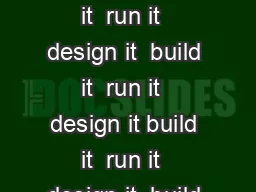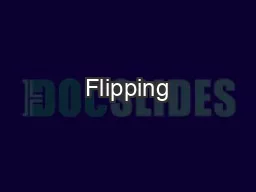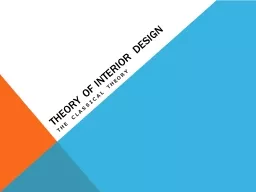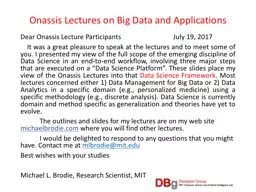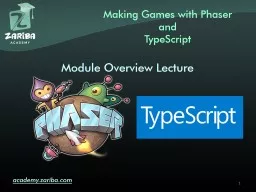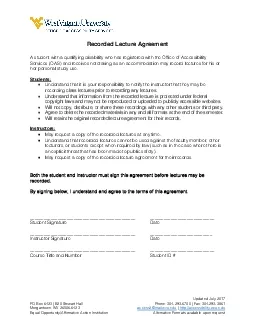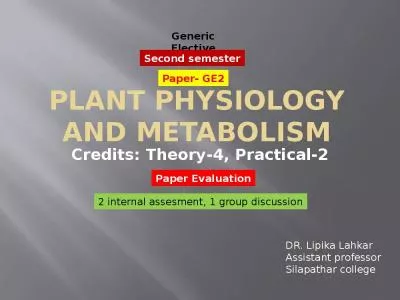PPT-Lectures 13: Design Theory II
Author : hotmountain | Published Date : 2020-06-22
Professor Xiannong Meng Spring 2018 Lecture and activity contents are based on what Prof Chris Ré used in his CS 145 in the fall 2016 term with permission 2
Presentation Embed Code
Download Presentation
Download Presentation The PPT/PDF document "Lectures 13: Design Theory II" is the property of its rightful owner. Permission is granted to download and print the materials on this website for personal, non-commercial use only, and to display it on your personal computer provided you do not modify the materials and that you retain all copyright notices contained in the materials. By downloading content from our website, you accept the terms of this agreement.
Lectures 13: Design Theory II: Transcript
Download Rules Of Document
"Lectures 13: Design Theory II"The content belongs to its owner. You may download and print it for personal use, without modification, and keep all copyright notices. By downloading, you agree to these terms.
Related Documents


